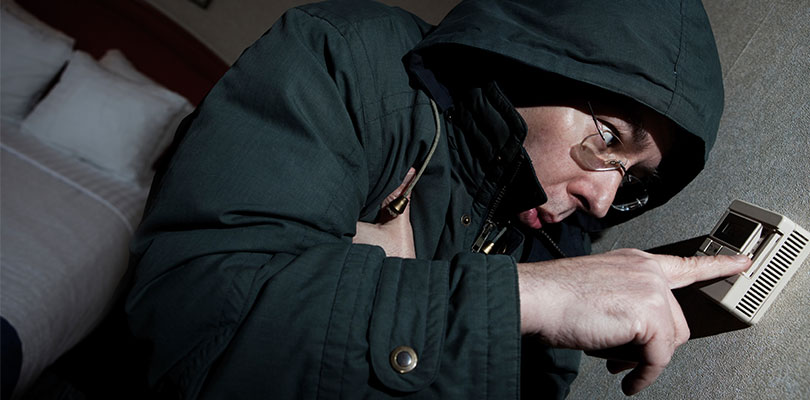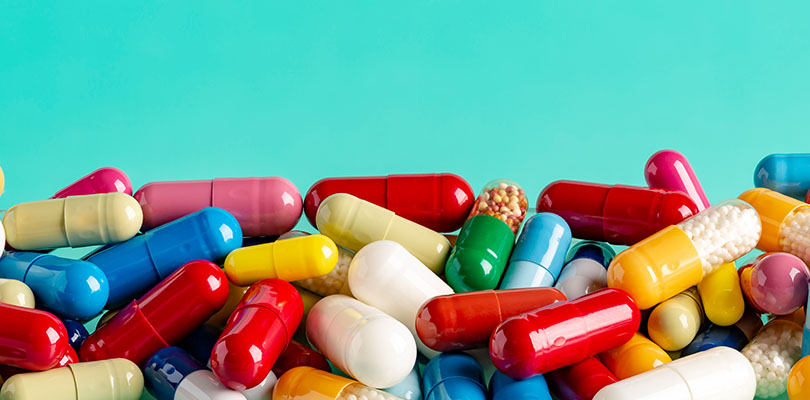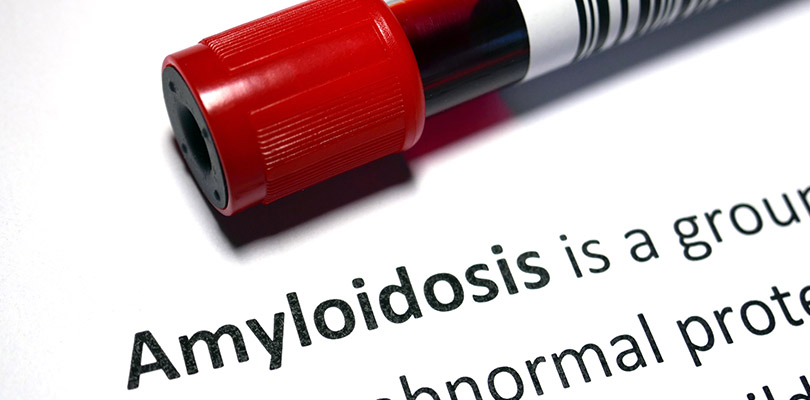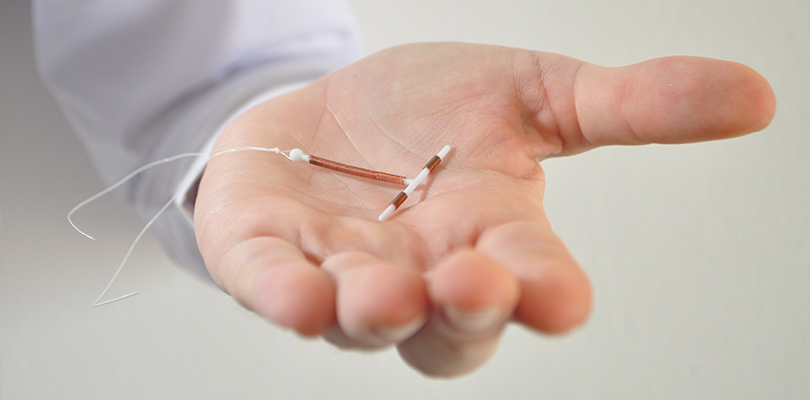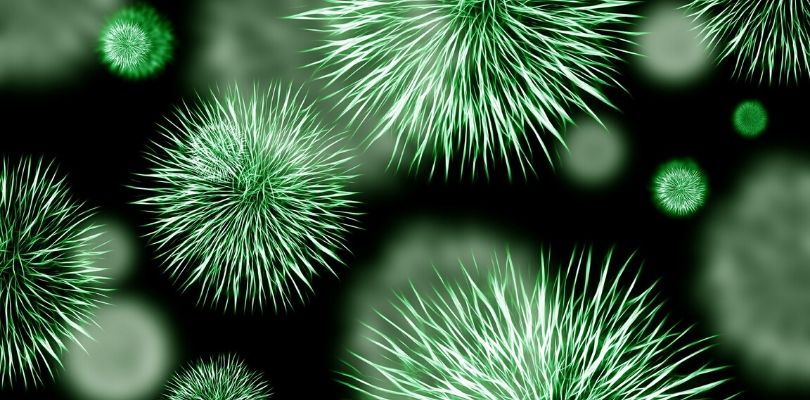A Brief History of Vaccines and Vaccination
When was the last time you talked to someone you knew who was infected with polio? Likely never. These conversations aren’t commonplace fodder because, thanks to the science behind vaccines, polio isn’t regularly contracted anymore.
The idea of exposure to a disease to combat it in the future may seem peculiar, but vaccinations have been around a lot longer than you might expect.
What Is a Vaccine?
A vaccine is an immunization made up of a few antigens. These antigens are weak or dead germs that can cause diseases such as viruses, bacteria, or toxins.
When these antigens become introduced to your system, your body learns to fight the disease in its weakened state. If you’re reintroduced to these germs, later on, your body is better equipped and experienced at fighting off the disease.
The practice your body received previously by eliminating the weak germs teaches it how to combat the strain and keeps you from getting sick – making you immune to the disease.
The difference between a vaccine and a vaccination is that the vaccine is the actual germs that are given to you, typically in a shot, and the vaccination is the action of getting a vaccine.
When Were Vaccines First Used?
It is believed that China had a smallpox variolation as early as 1000 AD.
Variolation is a technique of purposefully infecting patients with smallpox. Way back then, somebody noted that those who suffered through and recovered from certain diseases didn’t become reinfected by the same disease.
Someone intuited that a way to prevent the disease was in the exposure to infected matter. They may not have been able to say why the practice worked, but they knew it could keep them from succumbing to a deadly illness.
Variolation also started at least 1000 years ago in India.
When smallpox hit a town, people would line up to have a healer rub an infected cloth on a person’s arm, scratch the skin enough to draw a little bit of blood, and then they would press dried smallpox scabs against the scratch.
This practice made many people sick, but they recovered and from that point forward, became immune. It wasn’t risk-free, but the death rate dropped drastically with this technique.
Variolation was then used in Africa and Turkey, gradually working its way through Europe and then moved across the ocean to the Americas.
Edward Jenner
In 1796, English physician, Edward Jenner, observed that smallpox amongst milkmaids was rare, but he noticed that they caught blisters from cowpox from tending to the cows. Jenner theorized that a solution to smallpox might be exposure to cowpox.
He tested the theory by taking some of the blister material from one of the milkmaids and inoculating a young boy named James Phipps with the fluid.
Six weeks after the injection, Jenner injected Phipps with material from a smallpox sore and the boy didn’t succumb to the disease. Jenner referred to this injection technique as vaccination.
His vaccination discovery spread over the next several decades and became common practice by the end of the 19th century.
If you feel like you're always cold and it affects your daily life, it’s time to consult with your doctor and take a closer look at your whole body health.
Louis Pasteur
This timeline brings us to the French scientist, Louis Pasteur, who developed vaccines against anthrax and rabies, amongst others.
He revolutionized the scientific world with germ theory, which states that most diseases are caused by microorganisms, imperceptible to the naked eye.
Around 1880, Pasteur experimented with inoculating chickens and observed that an injection of old bacterial cultures made the chickens resistant to illness from injections with fresh bacteria.
This was not a new idea. However, Pasteur’s work with infectious diseases brought the process into a laboratory, paving the way for more scientists to continue work in this field of study.
Vaccines in the mid-twentieth century to modern times
The twentieth century was an era with a boom in vaccine research and development. The science for growing viruses in a controlled environment led to faster discoveries and innovations. This was the time the vaccine for polio came into existence.
Other vaccines to protect against common diseases including measles, meningitis, mumps, and rubella. Inoculation methods have eliminated some of these diseases from many regions around the globe.
Molecular genetics are starting to be applied to vaccinations and has offered new information within the realms of immunology and microbiology. With molecular genetics, science is privy to a new platform of vaccine delivery methods, the development of more effective vaccinations, and the promise of therapeutic vaccines on the horizon.
Modern vaccine ingredients
Vaccines go through many years of testing for safety and effectiveness.
Today’s vaccines only use ingredients that provide immunity against a specific disease, keep the vaccine safe and long lasting, or are used in production. Ingredients are antigens and adjuvants (substances that help your immune system respond more strongly to a vaccine).
Most vaccines are single use, so preservatives are not used. Stabilizers, like sugar or gelatin, may help keep the active ingredients of the vaccine from changing due to circumstances such as an alteration in temperature during storage.
Some ingredients used in production are taken out afterward but may leave trace amounts in the final vaccine product.
Cell growth material (such as eggs) help grow the antigens, germ-killing ingredients, weaken or kill the viruses, bacteria, or toxins in the vaccine, and antibiotics help keep outside germs and bacteria from invading and growing in the vaccine.
Conclusion
Vaccines have a long and interesting history. Science is helping us find ways to vaccinate against diseases, and the list of vaccines available is still growing. With a focus on prevention and elimination of diseases, the future looks pretty promising.

